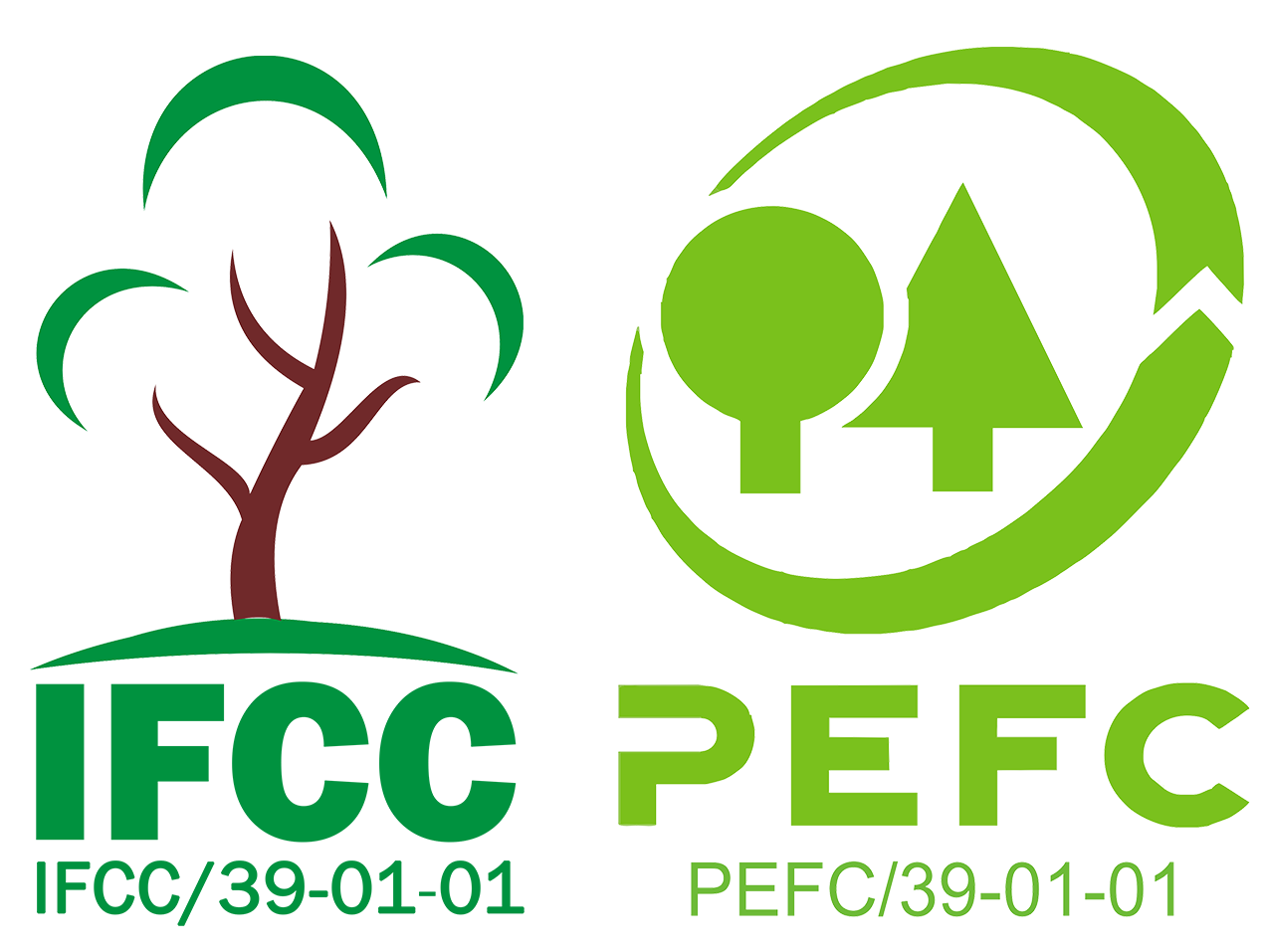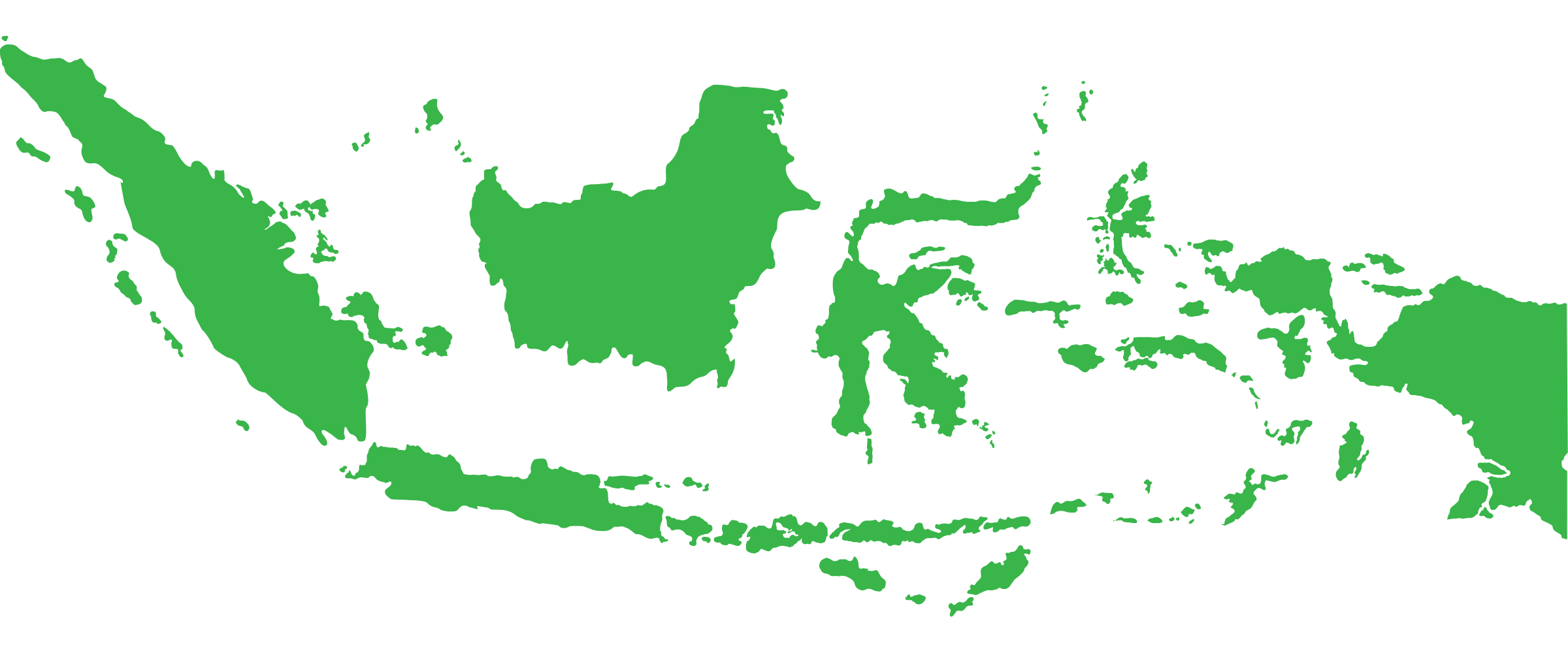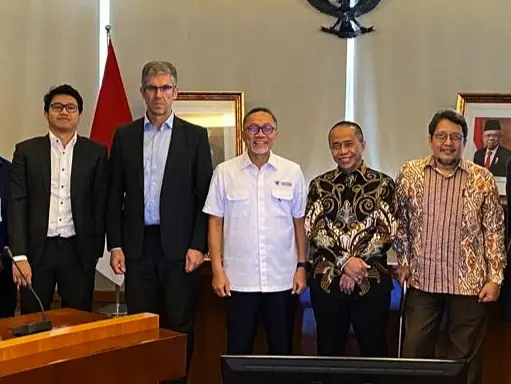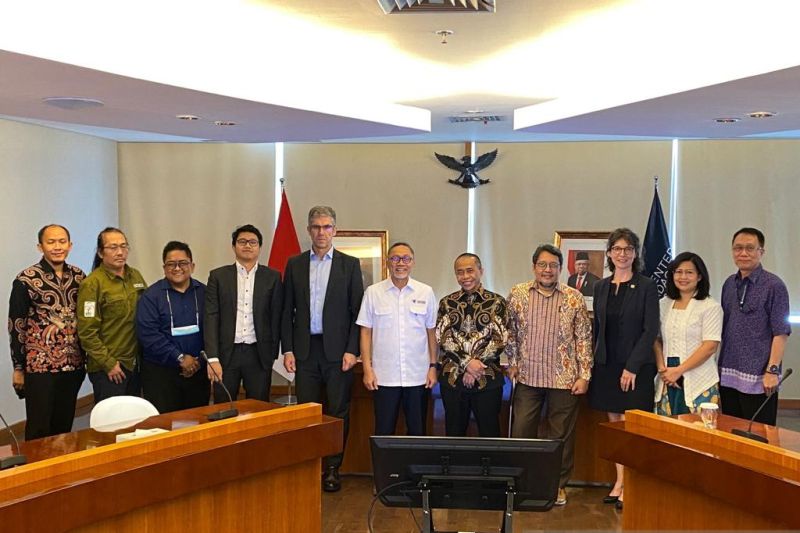
Big companies do not want to accept products that are not certified sustainable.
REPUBLIKA.CO.ID, JAKARTA – Minister of Trade Zulkifli Hasan received a delegation visit Program for the Endorsement of Forest Certification (PEFC) from Geneva, led by PEFC Board member who is also senior economist Dradjad Wibowo and PEFC CEO Michael Berger. PEFC is the largest sustainable forest certification scheme in the world, with 328 million certified forests.
During the meeting, the Minister of Trade conveyed the importance of Indonesian products being processed from sustainable raw materials. “In the last two decades, there have been a lot of world giant companies that only want to buy processed products from sustainable forests,” said the Minister of Trade on Tuesday (18/10/2022).
These products include paper, pulp, wood products, furniture, and so on. “For example, companies such as Apple and Samsung require that their HP packaging boxes and paper be certified as sustainable,” said the Minister of Trade.
The Minister of Trade, who is usually called Zulhas, added that with the increasing size of online trade, the need for boxes and paper packaging in the world is increasing, reaching more than US$ 402 billion or around Rp. 6200 trillion in 2021. Indonesia with its sustainable forest management system has a very good chance of taking over the market. such a large size, so that Indonesia’s exports can increase rapidly.
“I have always strongly encouraged sustainable forest management,” said Zulhas, who was once the Minister of Forestry.
Meanwhile, Michael Berger highly appreciates and supports the steps taken by the Minister of Trade. According to Berger, the Trade Minister’s move has created a conducive environment for Indonesian business actors to carry out their business in accordance with forest conservation principles.
Berger explained that PEFC is a bottom-up global scheme, built on the national initiatives of each country. According to Berger, in Indonesia the scheme was built by IFCC members (the Indonesian Forestry Certification Cooperation). “PEFC is one of the pioneers of the sustainable textile and fashion trade in the world, where the raw material is rayon which is produced from sustainable forests”, added Berger.
To the Minister of Trade who is also the General Chair of PAN, Dradjad said that in 2009/10 when the paper and pulp industry had not yet received a PEFC/IFCC certificate, this industry was boycotted because it was considered to be destroying forests. Exports of paper and pulp fell 25-30%.
After obtaining the certificate, Indonesia’s exports increased by USD 2.2 billion or 40%. In 2021 the export value will reach US$ 7.42 billion. The increase could occur because of the policies of the three ministries that are conducive to forest conservation, namely the Ministry of Trade, Environment and Forestry, and Industry, said Dradjad who is also the Founding Chair of the IFCC.
Also attending the event were IFCC General Chair Sania Widuri, PEFC Manager Fabiene Sinclair, IFCC General Secretary Haqi Wibowo, IFCC Executive Director Zulfandi Lubis, and IFCC Technical Director Nurcahyo Adi.







